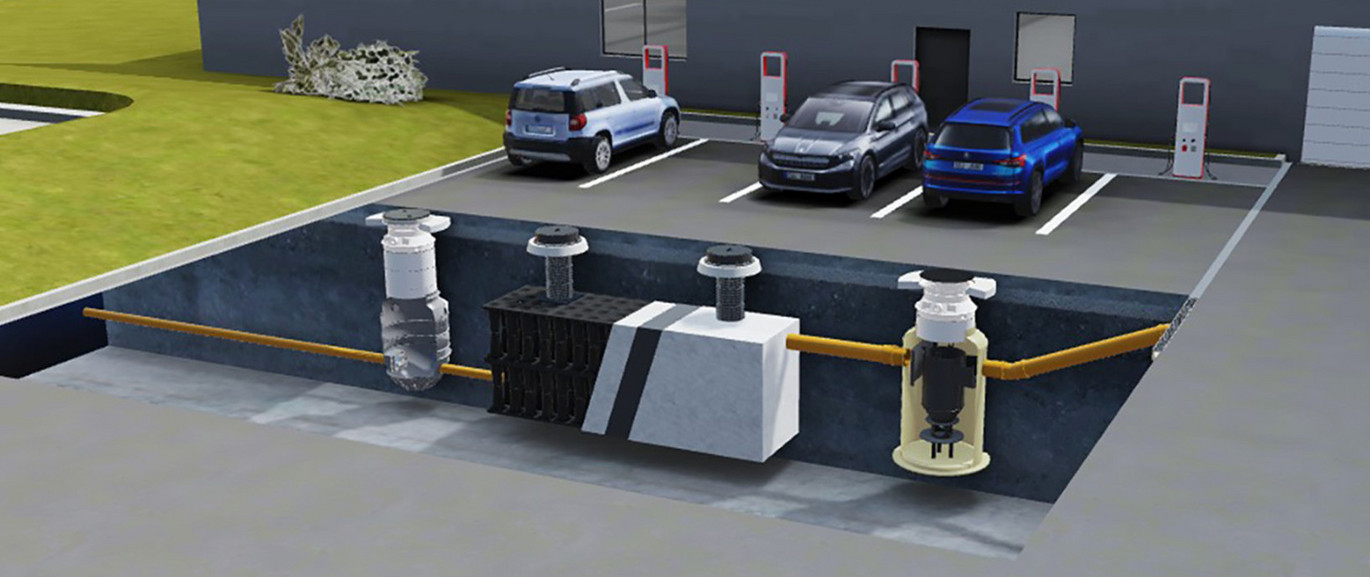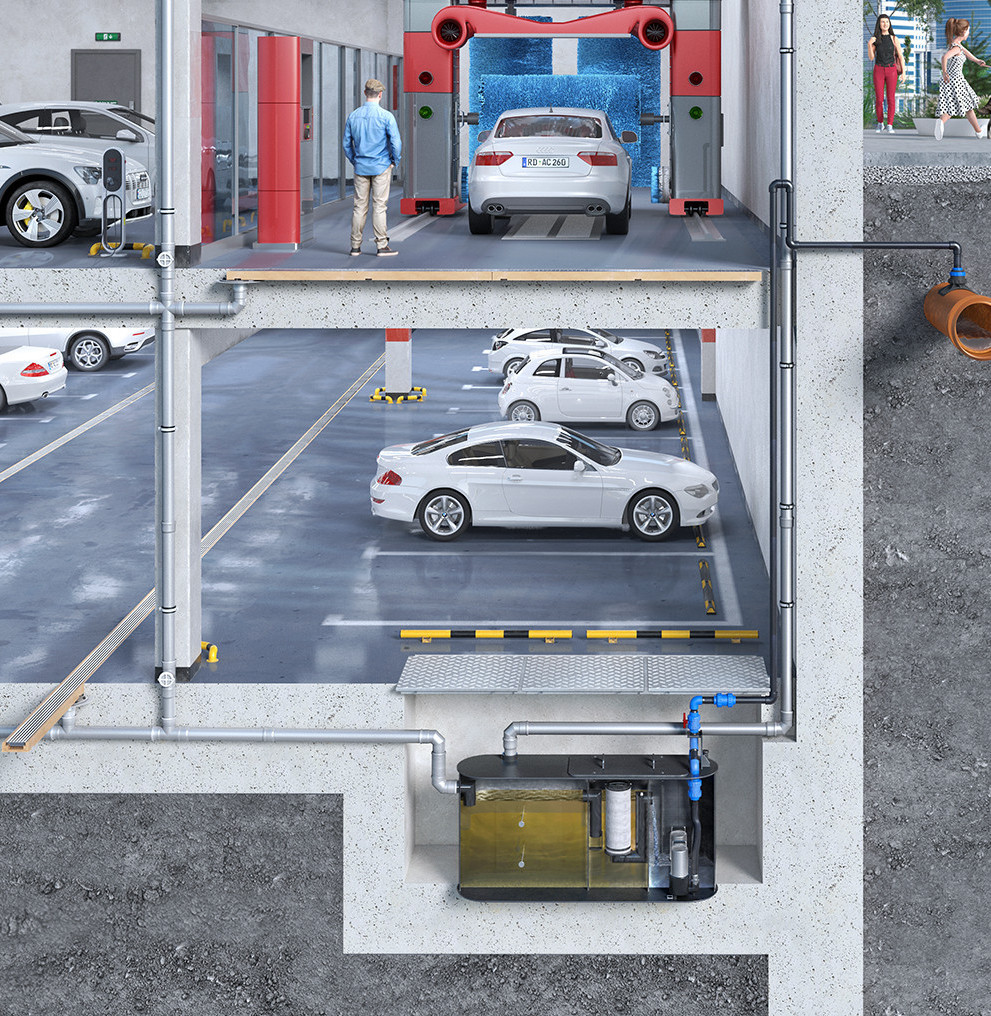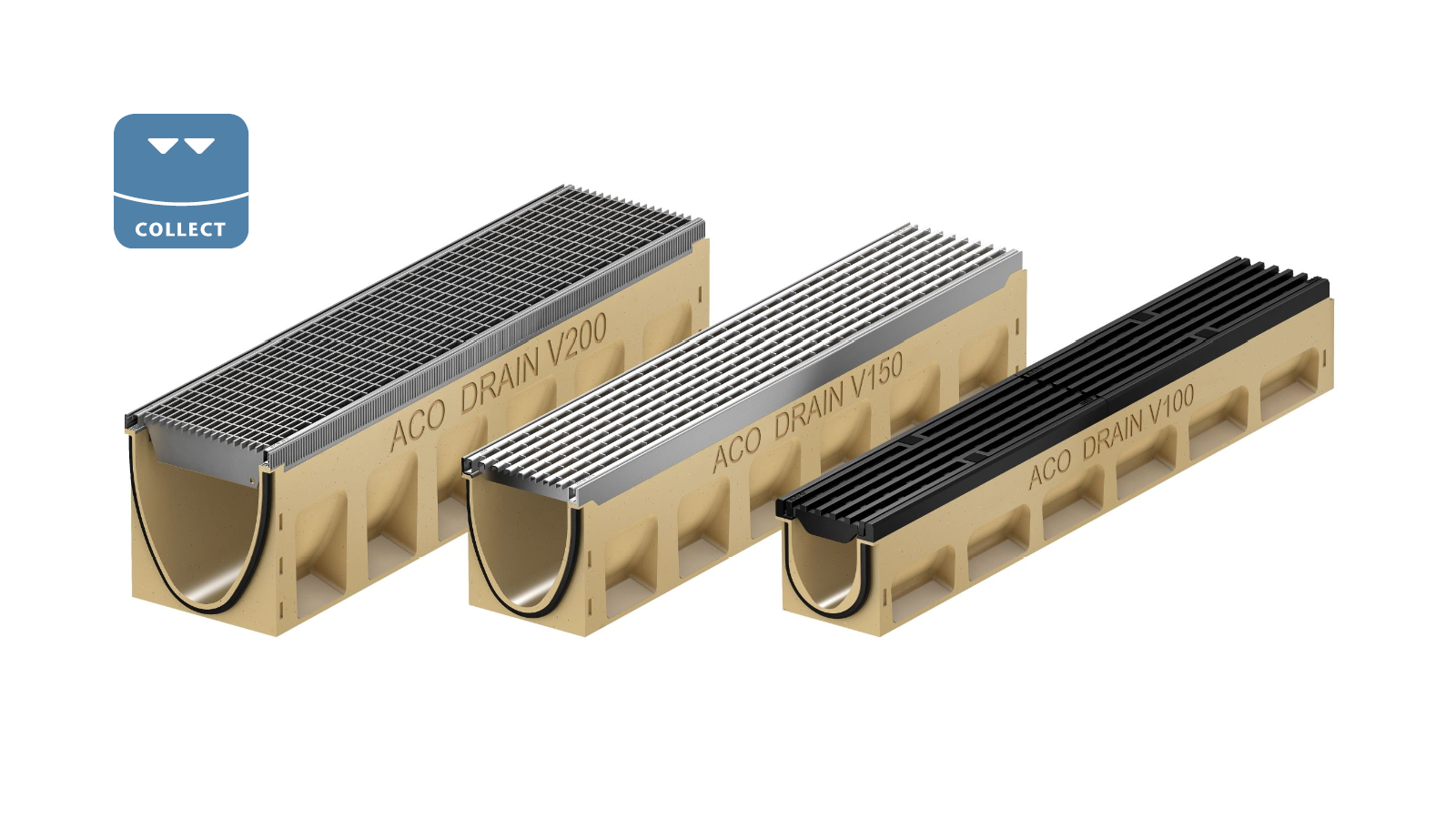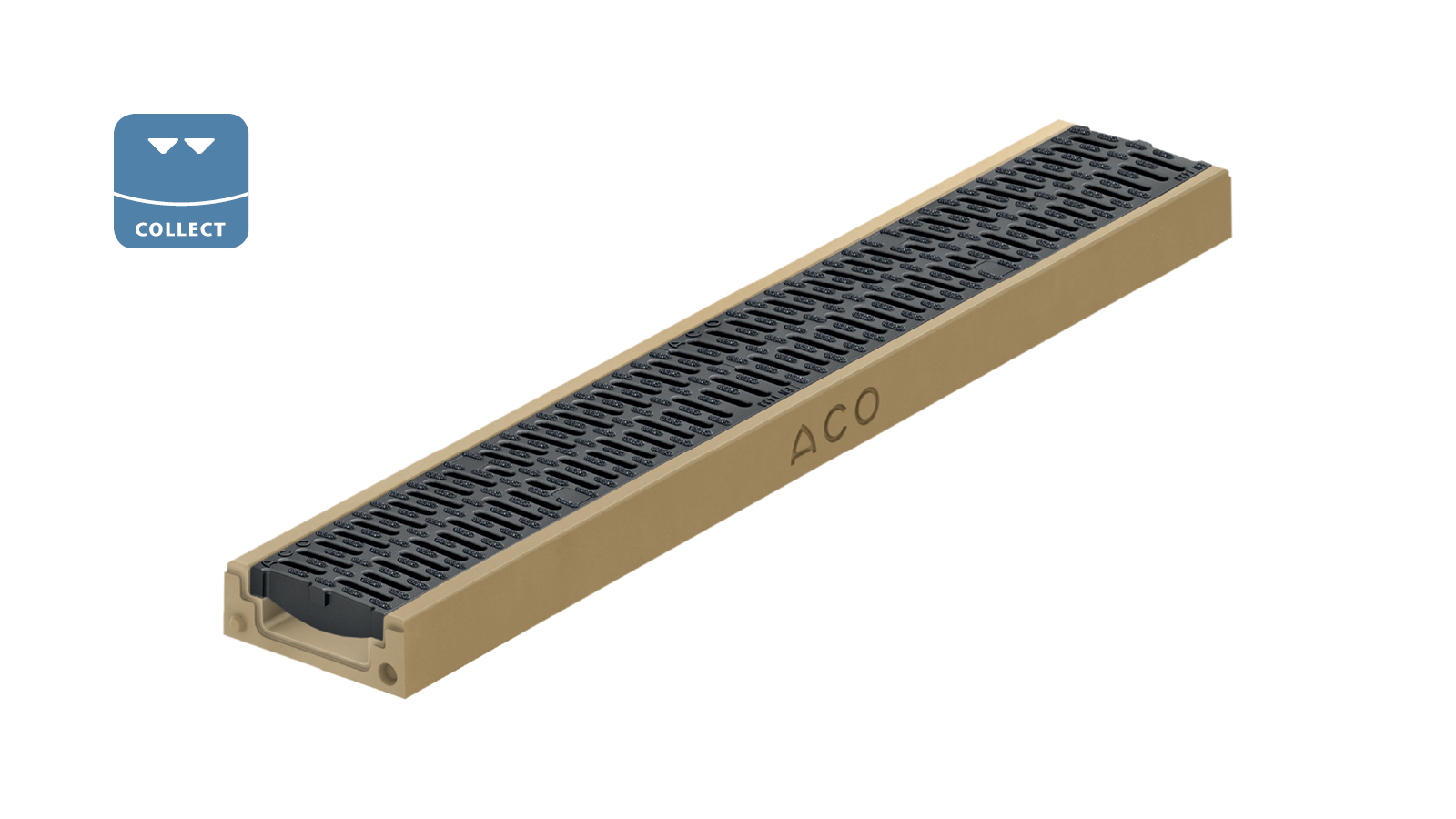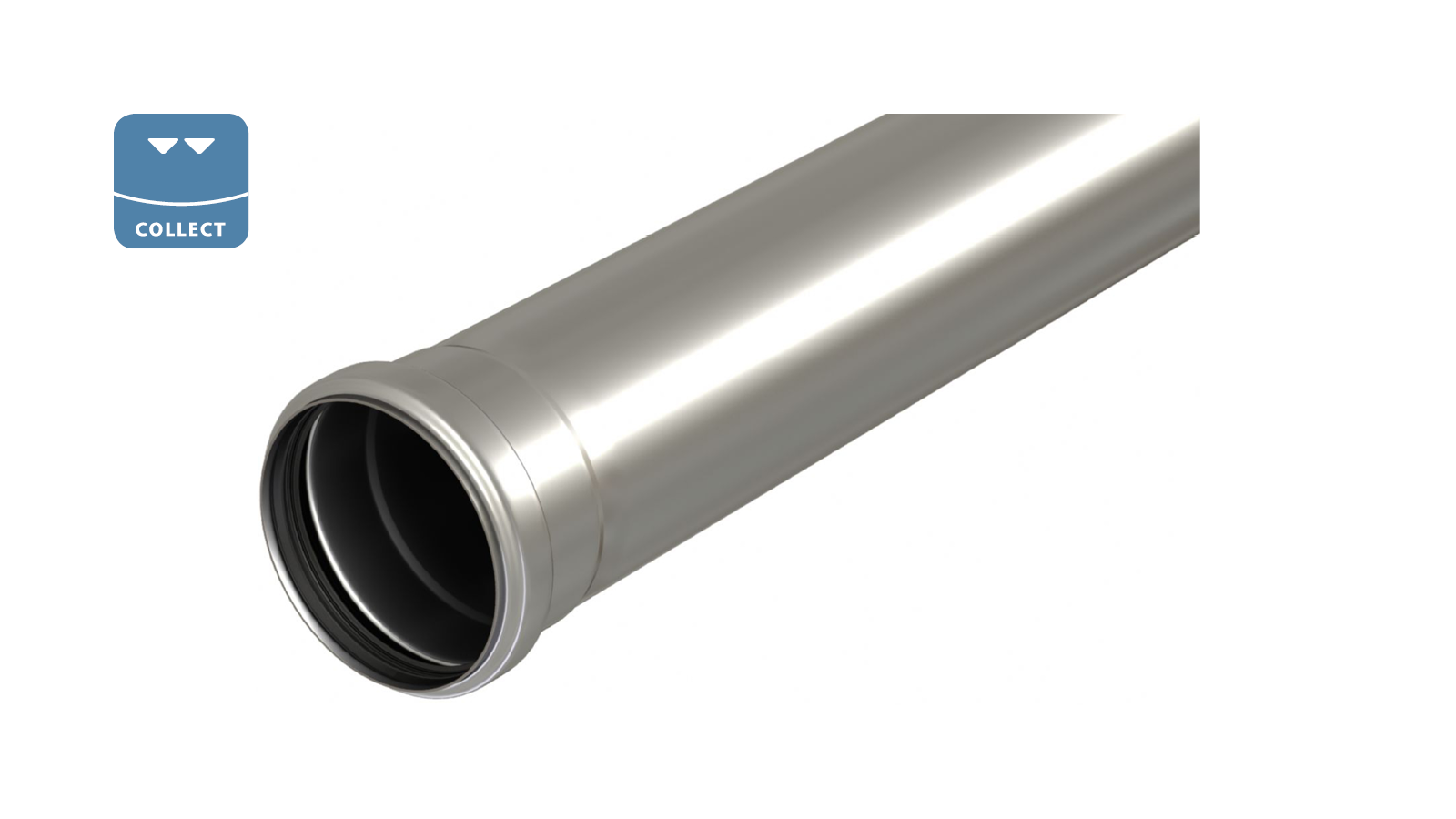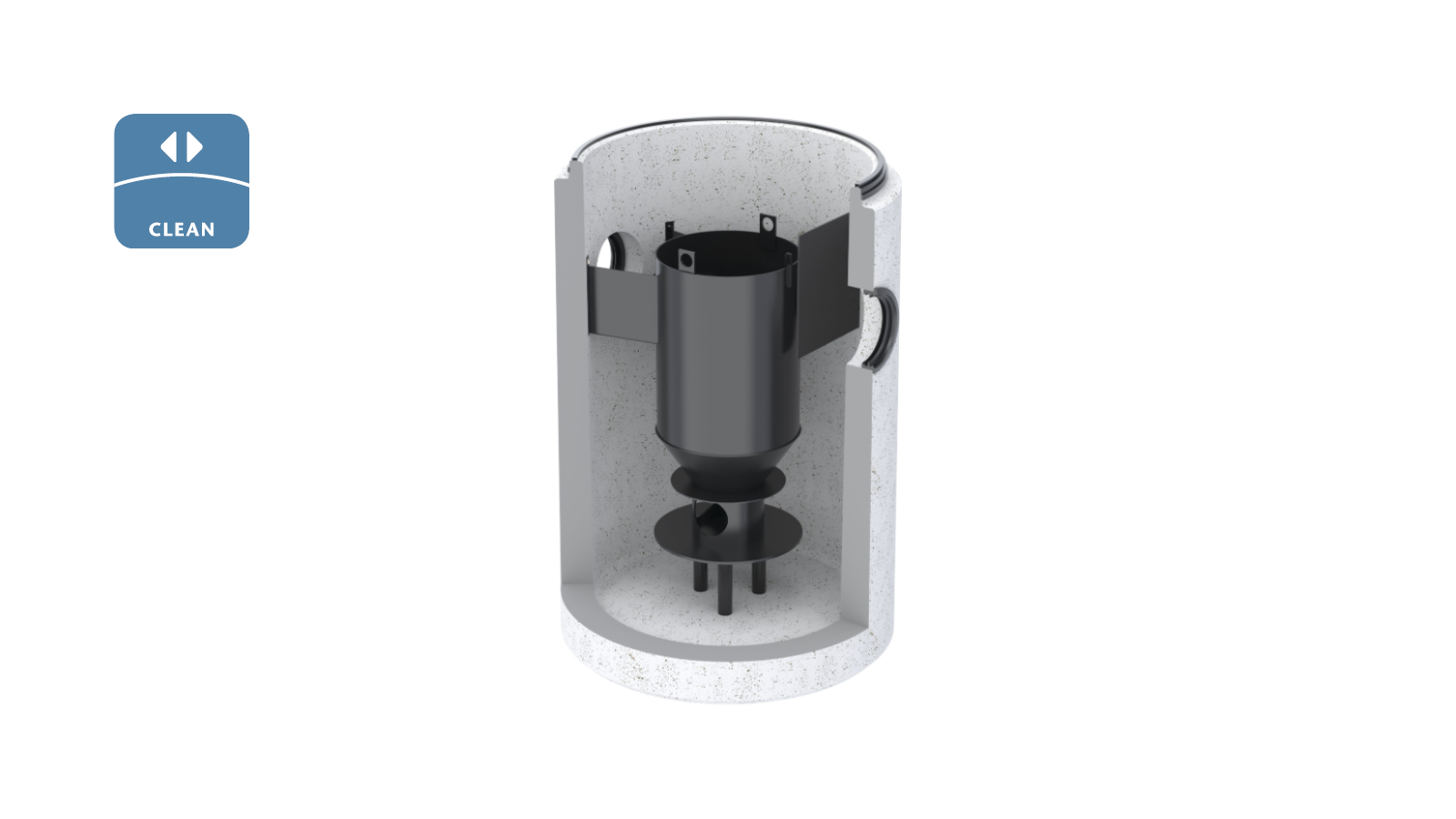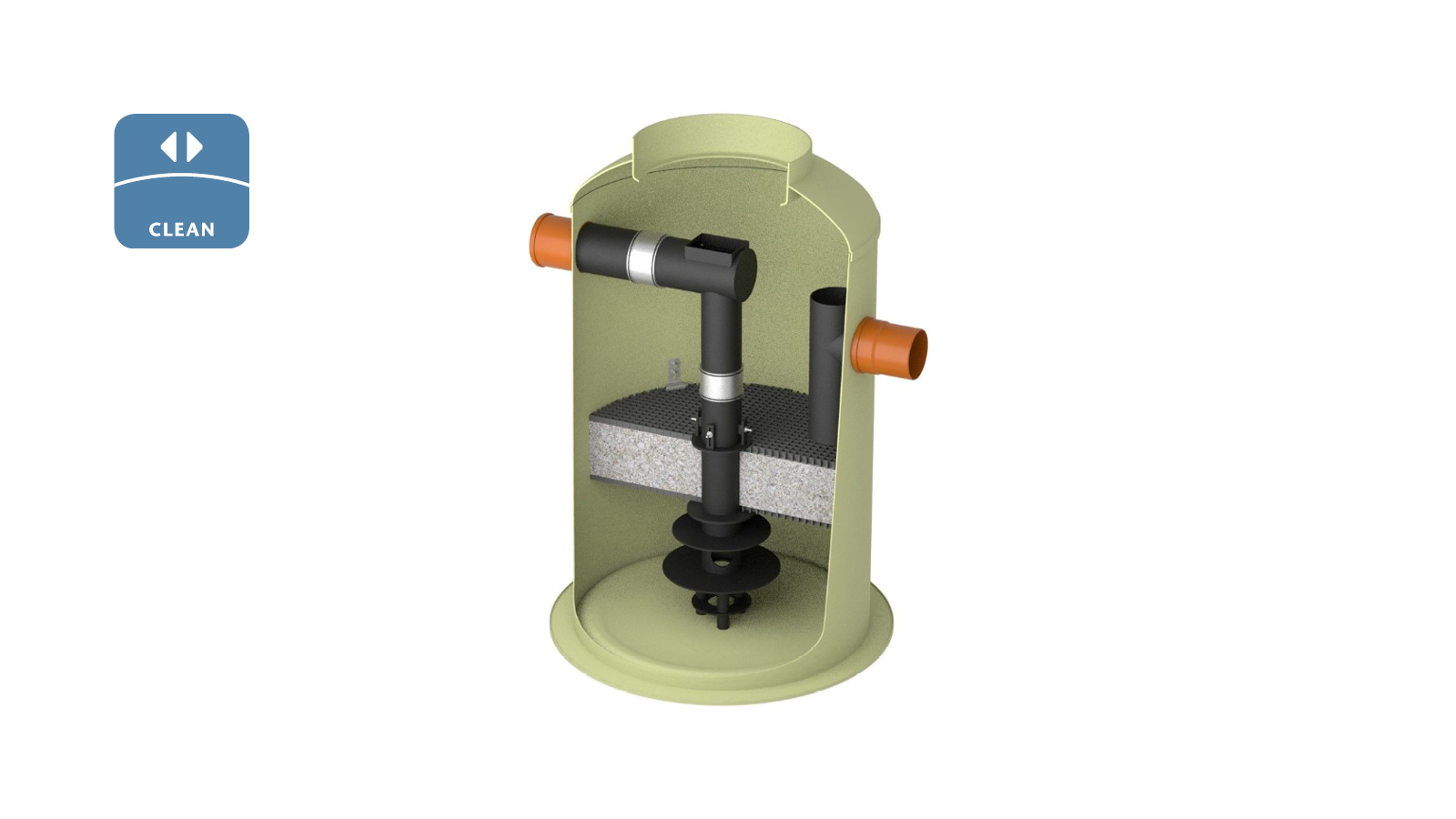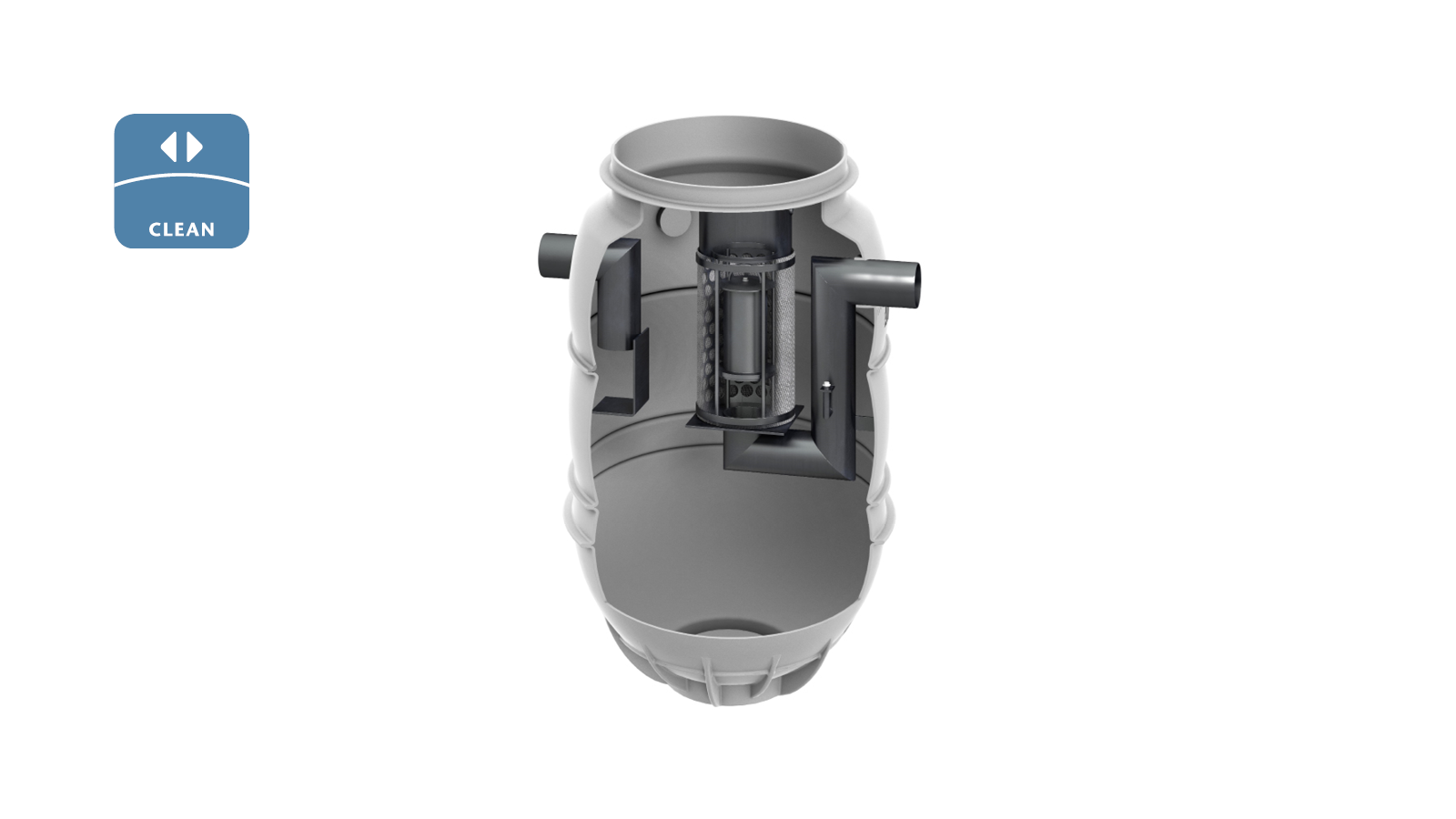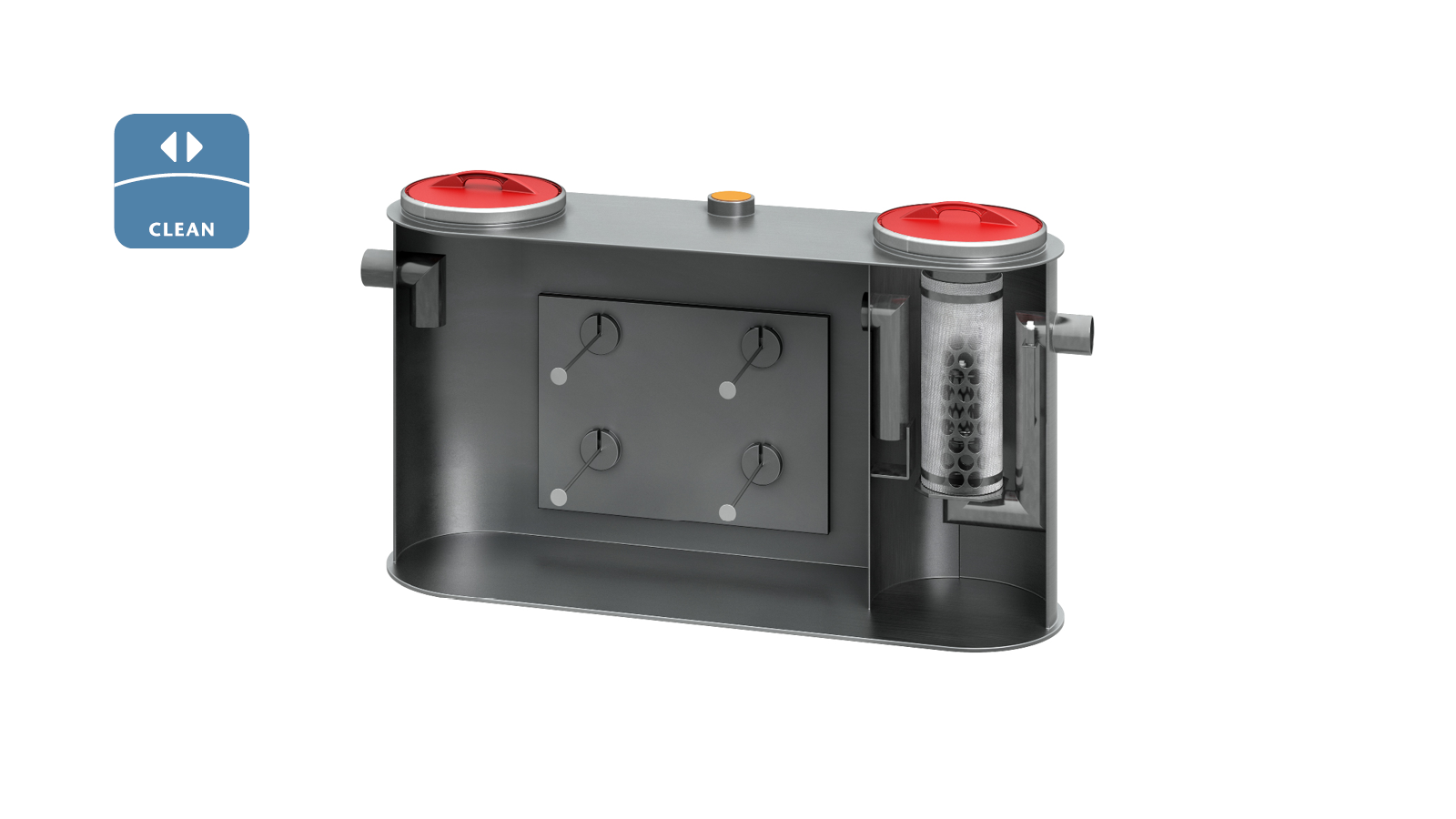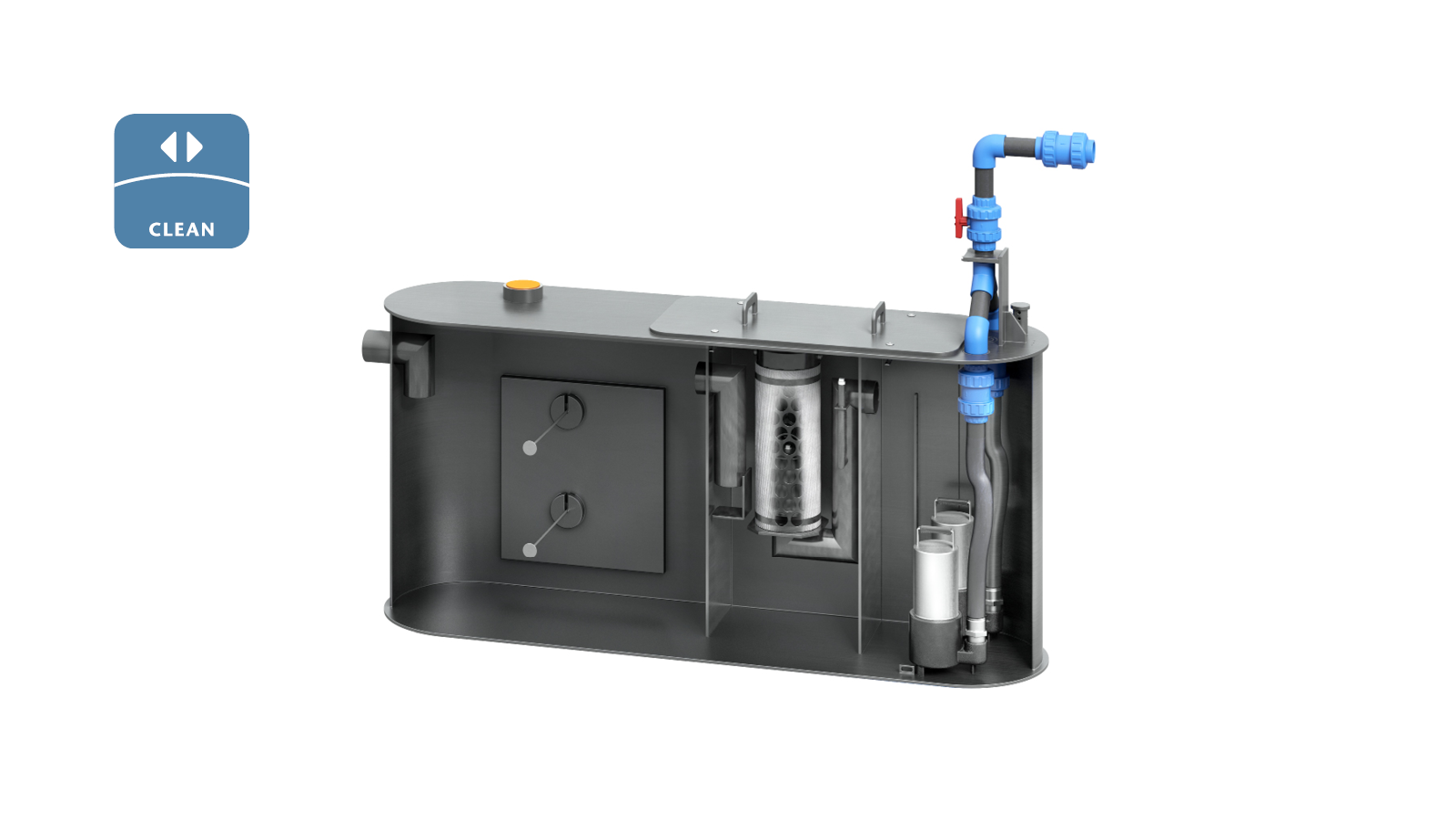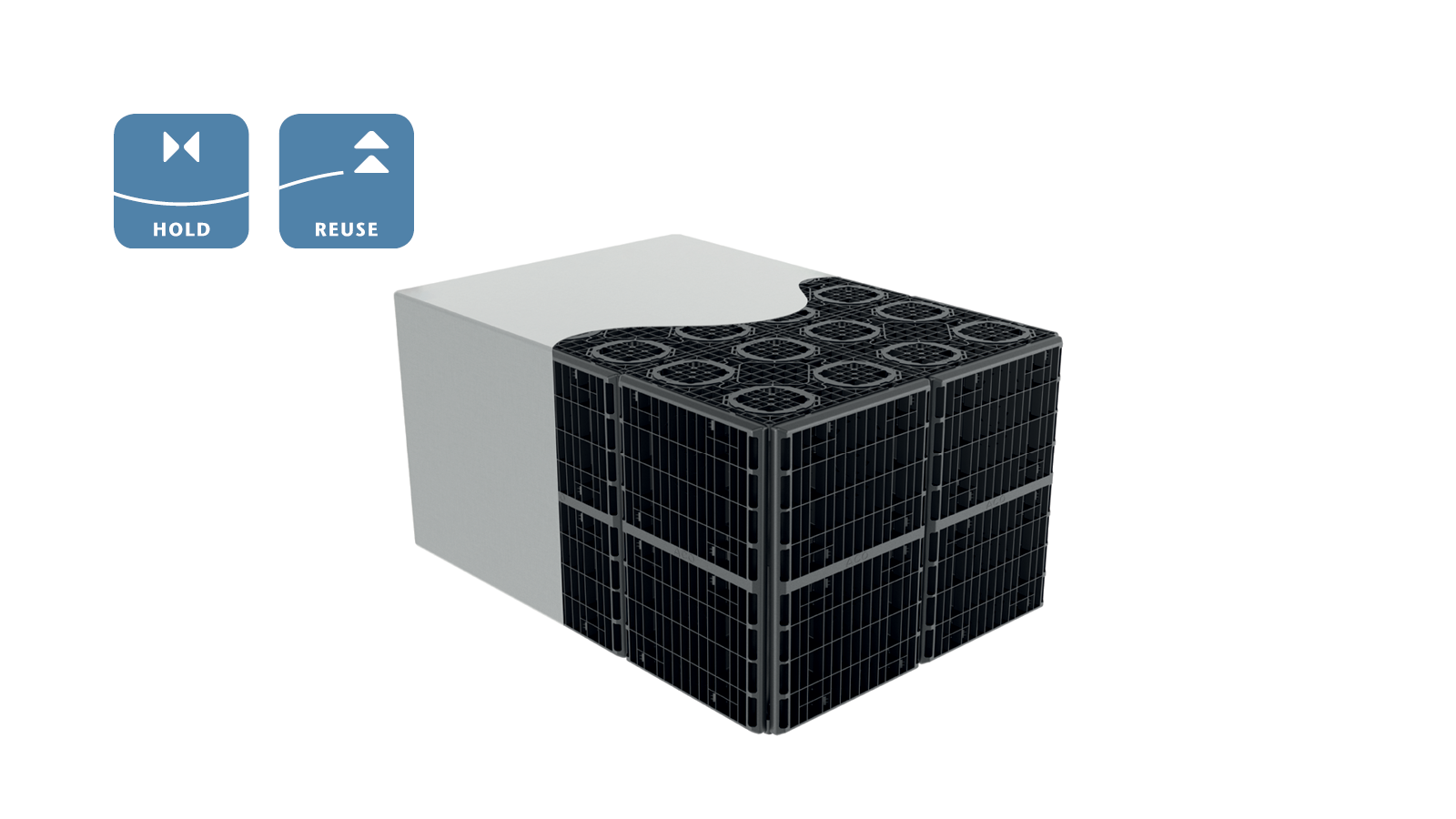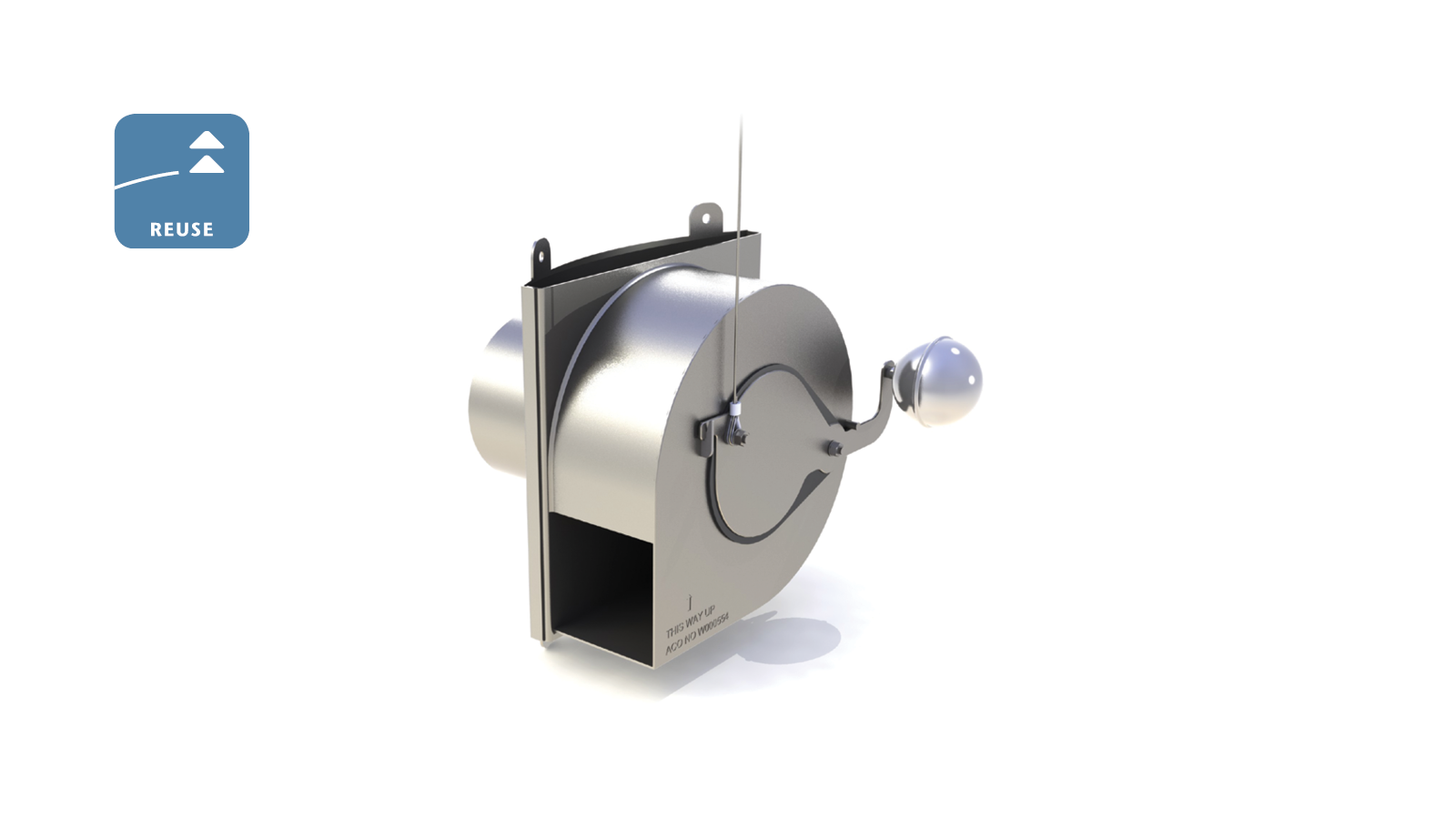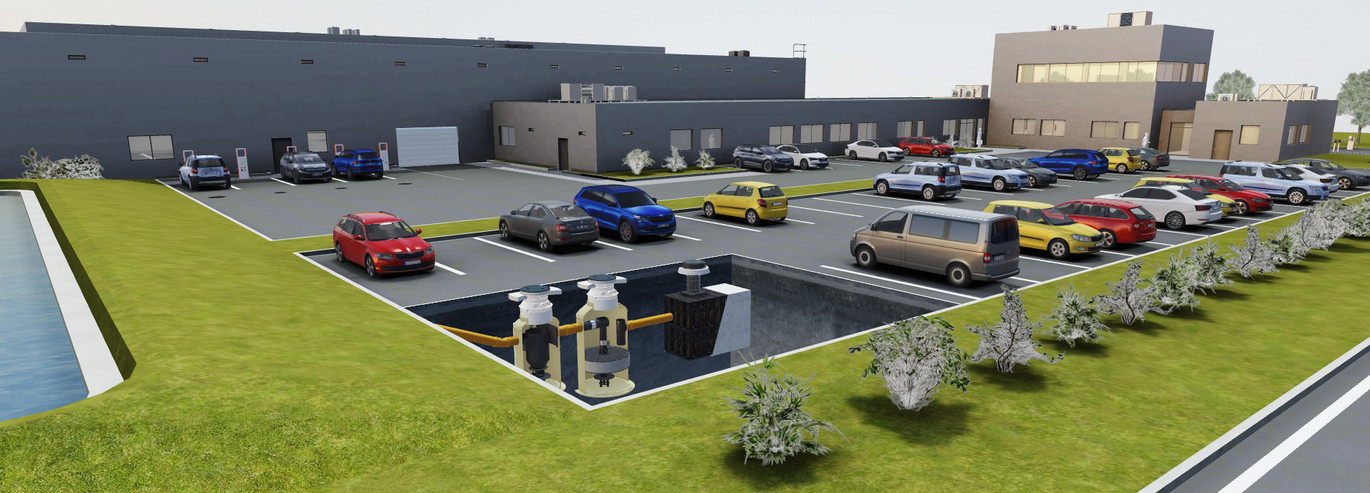
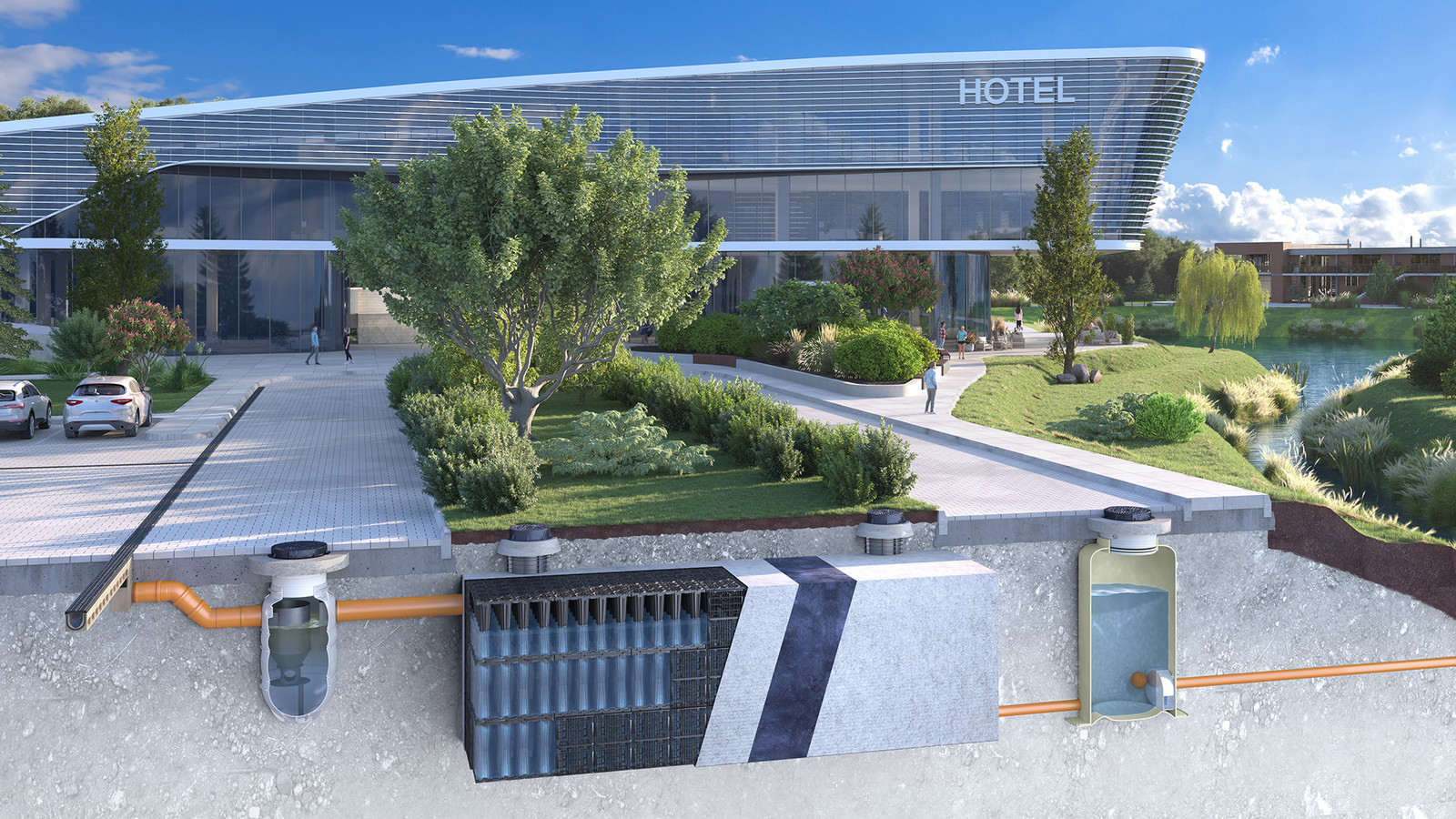
Parking Areas
Customer parking, employee parking, electric vehicle (EV) parking
Car parks, essential urban features, plays a pivotal role in our daily lives. As vehicles come and go, these areas encounter various challenges that necessitate careful consideration of water management strategies.
Effective drainage and water treatment in car parks are crucial for maintaining a clean environment and minimizing potential ecological impacts.
Car parks, often characterized by impermeable surfaces, can contribute to the runoff of pollutants into surrounding water bodies. Runoff from car parks carries a mix of pollutants, including oils, chemicals, organic debris, and litter, endangering water quality.
In cases where we want to return water from large parking areas back to its natural environment, it is necessary to use advanced systems for its pretreatment before it is infiltrated or discharged into receiving waters. An ideal product for such cases is ACO Stormclean, which can efficiently remove heavy metals from water.
Discover how ACO´s tailored solutions offer a proactive approach to managing runoff water, capturing, and treating contaminants before they reach out the ecosystems.
Electric vehicle (EV) parking
As awareness of climate change impacts grows, the demand for electric vehicles is increasing due to their environmentally-friendly nature compared to conventional combustion engines. This trend highlights the growing need for sufficient charging station infrastructure, especially in locations where vehicle owners have time to charge their cars, such as their homes, workplaces, or supermarkets.
While the risk of mineral oil and other operational fluid leaks is significantly lower in electric vehicles due to the absence of traditional internal combustion engines, environmental contamination can still occur through tire and brake abrasion, which are linked to particulate matter. These particles can become pollutants in receiving waters, particularly during rainfall. Additionally, parking areas might also become contaminated with organic materials or litter.
Proper drainage and water treatment are crucial even in seemingly safe areas like parking lots equipped with charging stations for electric vehicles, to ensure the safe reuse or return of water to the environment.
Optimizing Multi-Storey Parking Garages with Advanced Drainage and Environmental Protection Solutions
Multi-storey parking garages, especially those with underground levels, require advanced water management solutions due to frequent vehicle movement and additional sources of pollution like car washes. ACO DRAIN® ParkDeck is specifically designed for these environments, ensuring efficient drainage and handling of water management challenges.
Further enhancing environmental protection, the ACO Oleopator P Freestanding and ACO Oleolift P Freestanding systems play a pivotal role. These units are adept at removing petroleum-based substances — such as mineral oils, gasoline, and light lubricants — from rainwater and wastewater generated within parking facilities. Featuring integrated coalescence units and sludge traps, they effectively capture and isolate harmful contaminants, thereby safeguarding local waterways and ecosystems. Moreover, for sites lacking gravity-fed drainage, the Oleolift system accommodates pumps and additional accessories to ensure seamless waste management.
Utilizing stainless ACO Pipe ensures durability and longevity, supporting the infrastructure's needs while offering aesthetic flexibility with various finishes such as matte etched, polished, or powder-coated surfaces. This not only ensures functional infrastructure but also aligns with architectural visions, maintaining style without compromising on environmental standards.
The tailored approach of ACO DRAIN ParkDeck, Oleopator P, and Oleolift P systems, combined with the durability and design flexibility of ACO Pipe, presents an optimal solution for multi-storey parking garages. By addressing the core challenges of drainage, environmental protection, and aesthetics, these solutions exemplify the integration of functionality and sustainability in urban infrastructure projects.
